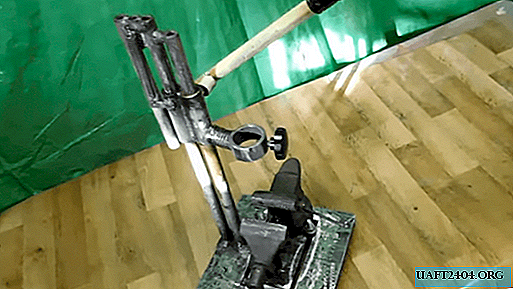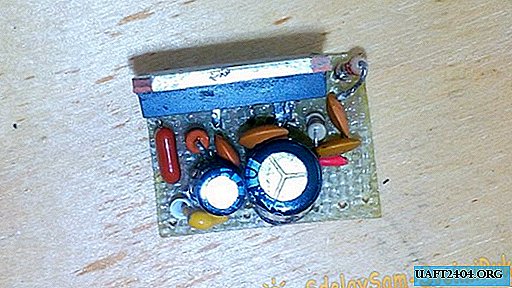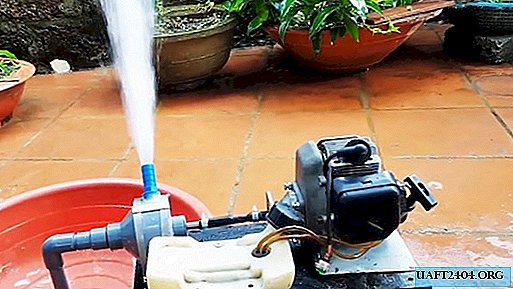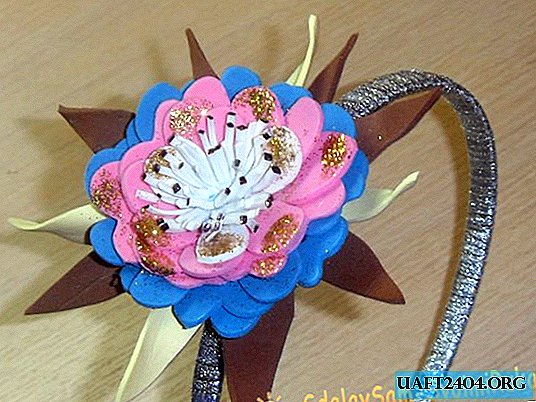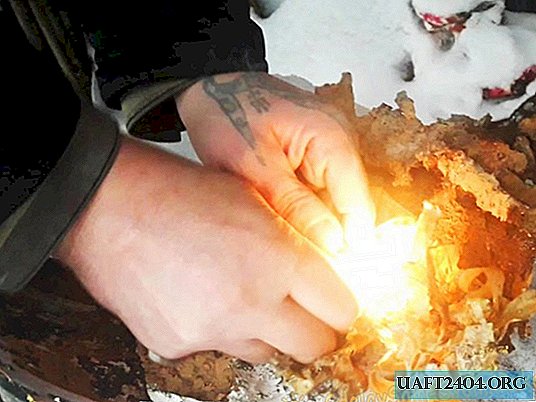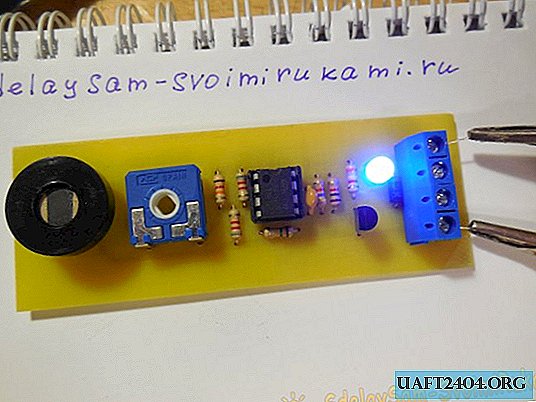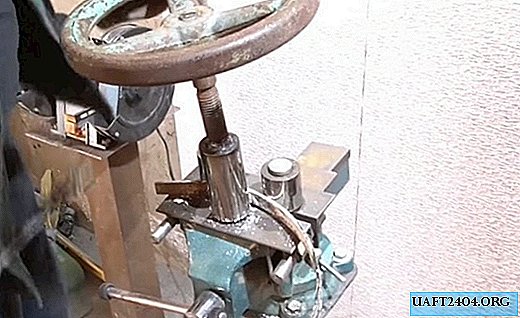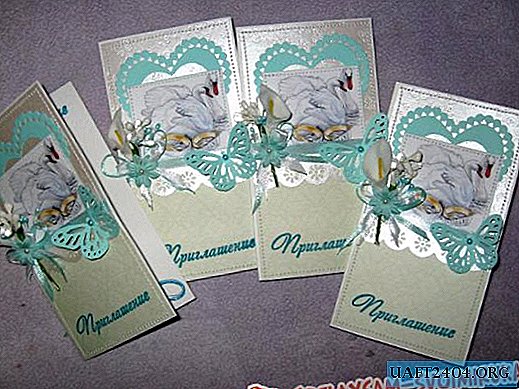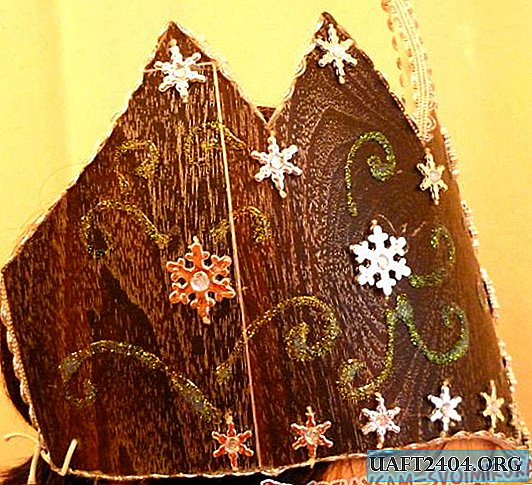Share
Pin
Tweet
Send
Share
Send
If during a tense, and therefore not too controlled, manipulation of a blunt knife, he breaks off the cut material and lands on the fingers, then it turns out to be sharp enough to cause a painful and sometimes severe injury.
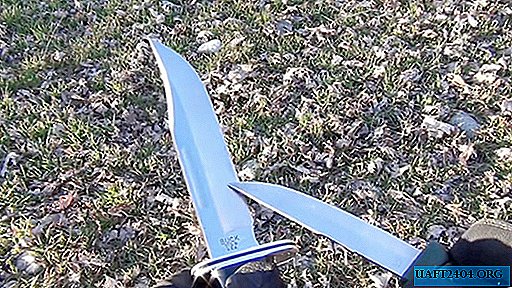
How to sharpen a knife if there is no factory sharpening, grindstone, whetstone or rubble at hand? They can be replaced by many objects that surround a person and are used for another purpose. Consider them in random order in an unusual role for them.
The process of sharpening and dressing a knife with improvised means
Almost any material can be used to tidy up the cutting tool. Simply, the softer and weaker it is in relation to the metal of the blade of the knife, the longer and more tedious will be the sharpening process. Therefore, we consider only 5 really working methods.
1. The edge of a half-open car window.
This is almost a natural whetstone: very hard, slightly rough, carefully crafted. It is enough, having taken a convenient position, and having tipped the blade of the knife in accordance with the angle of sharpening, draw it several times along the edge of the glass with one and then the other side. Repeating the procedure the required number of times, you can achieve good sharpness of the cutting edge.


2. The forming bottom of the ceramic mug.

It is also quite hard - a consequence of firing in a furnace at a temperature of 1200-1280 degrees Celsius and with a slight roughness. The main components of the grindstone are evident. Turn the mug over and use the protrusion of the bottom as a bar. After a short time, with sufficient perseverance, the cutting edge of the knife will acquire the required sharpness.

3. Nail file.

Almost a bar in miniature. It is enough to put it on a hard surface with the rough side up and the sharpener is ready. A few verified movements with a knife blade and it can be used for its intended purpose.

4. Another knife.

As a bar, or rather musat, you can use its butt. The hardness of this part of the blade allows you to perform a new function and restore the cutting properties of a blunt knife, if you show enough perseverance.

5. A stone raised on the shore of a reservoir - a river, lake or sea.

You must choose one with a relatively flat and even surface on at least one side. As in all other cases, we sharpen the cutting edge of the knife, leading it from the handle to the tip of the blade. It is only necessary to ensure that the direction of movement of the knife over the stone is at one angle, relative to the line of the cutting edge of the blade at the point of contact.

After sharpening the blade of the knife blade, two more operations remain - fine-tuning and polishing. They can be done with a leather belt, a tourist backpack strap or a paracord.

Any of these things must be tightly pulled and held several times along their surface with a knife blade on one side and the other.

P. S.
One remark about sharpening the cutting edge of the knife with natural stone. If it was not possible to find a stone with a flat and even surface, it is better to take two rough stones with at least one relatively flat side. Then they need to be rubbed against each other, trying to bring the surface of one of them to an almost even state, without noticeable irregularities. This will protect the knife from an even greater degree of unsuitability for cutting.
Share
Pin
Tweet
Send
Share
Send

